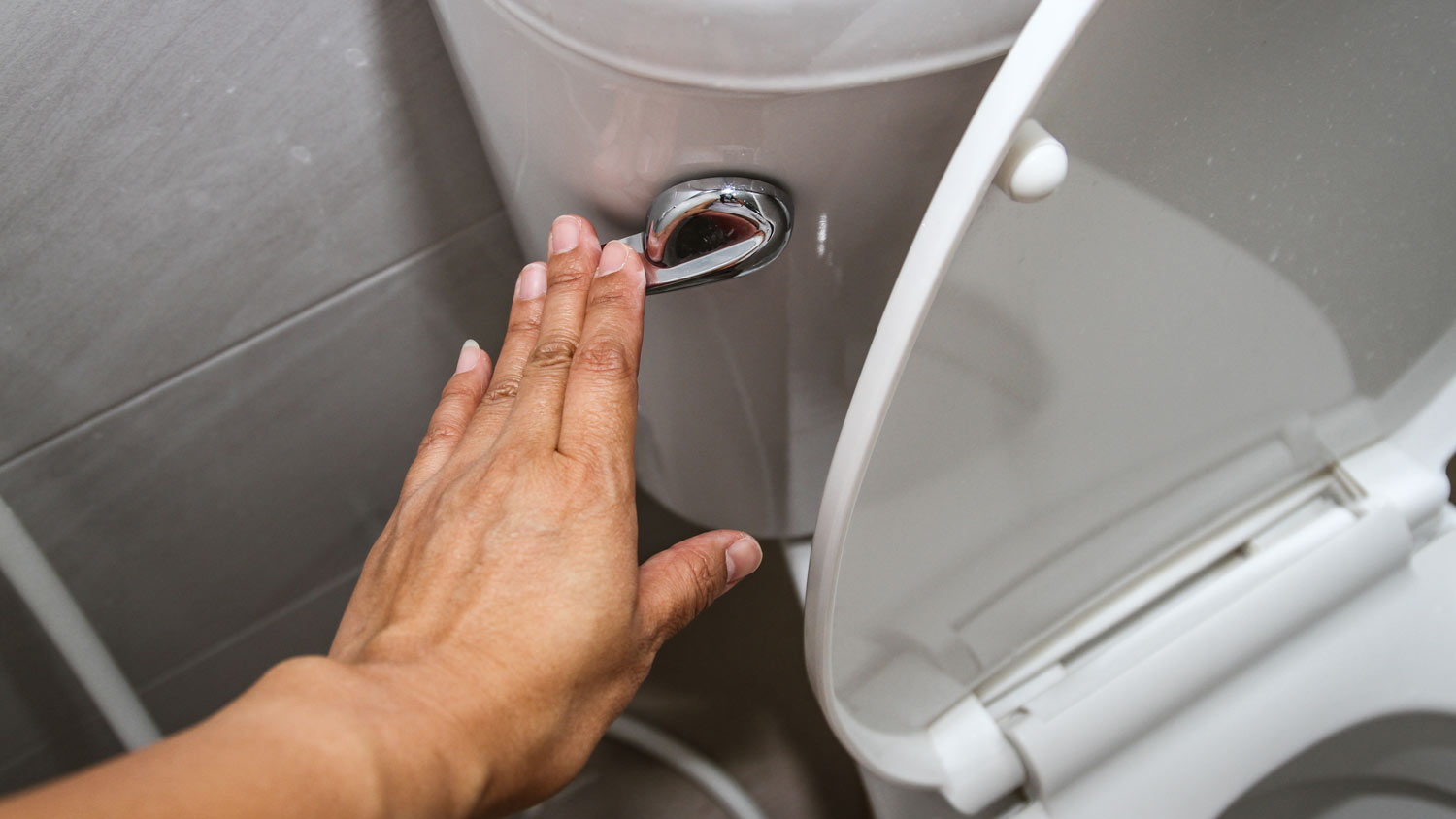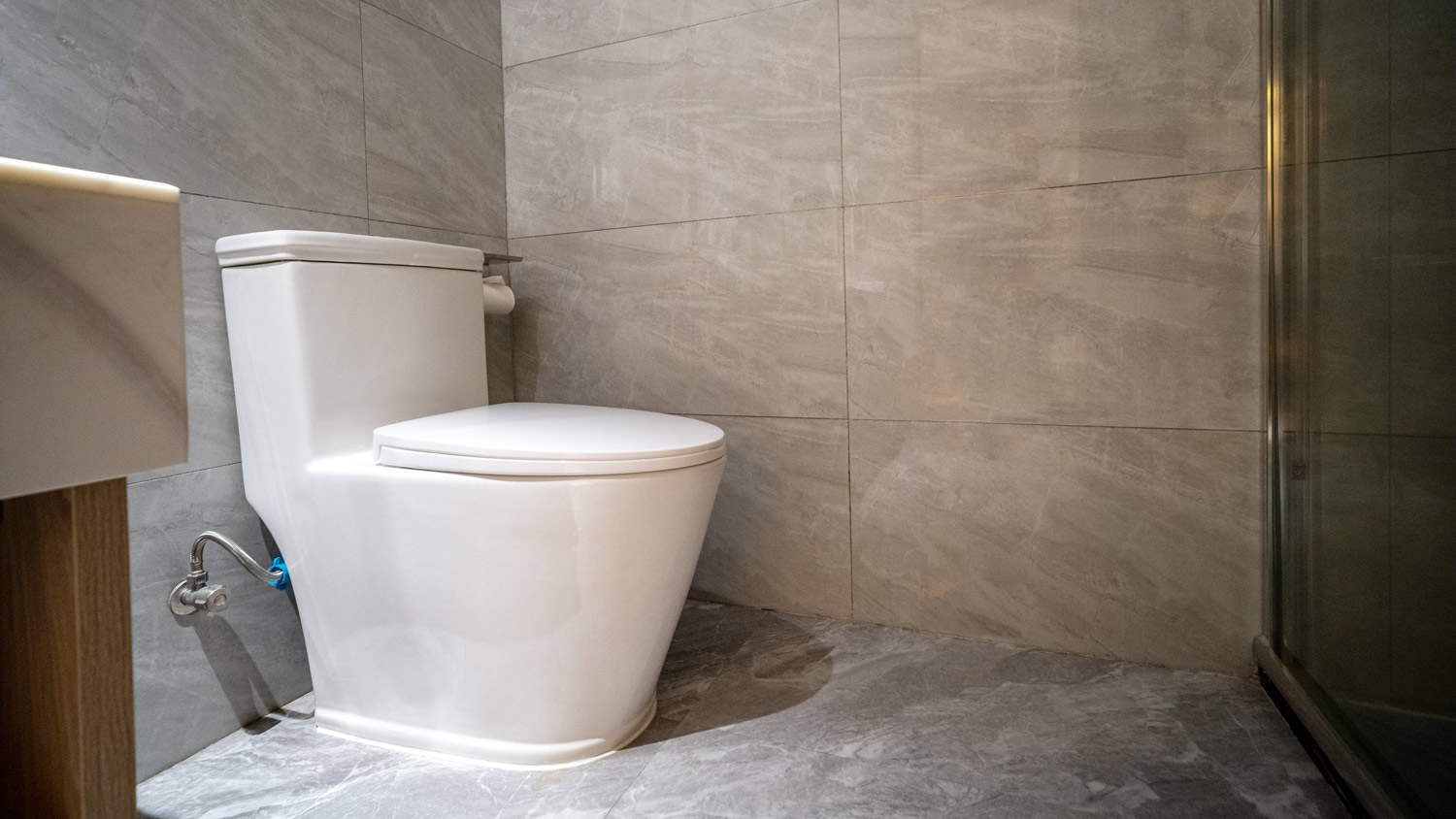
Get transparent sewer line camera inspection cost info. Learn what impacts pricing and how to budget for this essential home maintenance.
What is the proper procedure post-pump?


You don’t need to put anything in your septic tank after pumping.
You can use your sink, toilet, and shower after the water turns back on.
A pumping and maintenance schedule keeps your septic tank in great shape.
People with septic systems often wonder what to do after the septic tank is pumped. The good news is that for most septic systems, you don’t need to take additional steps and can go back to your normal water usage. You just need to be mindful of avoiding strain on your septic system between servicing appointments and how often you need to set those up. Let’s go through what you can do after pumping your septic tank to keep it in working order.
Contrary to popular belief, you don’t need to add anything to your septic tank after pumping. Septic tank additives are unnecessary most of the time because they can ruin pipes and the tank itself. They’re no substitute for proper septic tank maintenance and actions that reduce strain on the septic system, such as doing fewer and larger loads of laundry with low-sud detergent designed for septic systems.
People also frequently turn to urban legend “remedies,” like throwing a box of yeast or dog food into the septic tank after pumping because it allegedly gives the beneficial bacteria something to feast on. This myth persists because yeast is a microorganism that thrives in warm, moist areas, and dog food has a high protein content.
While sending yeast to the bottom of the septic tank sounds fun and cathartic if you can’t bake to save your life, it won’t strengthen bacteria in the tank. In fact, tossing these items down your drain can cause blockages, attract pests, and create other problems.

Once the water goes back on after the septic tank finishes pumping, you can do the dishes and use the toilet again. If it didn’t cross your mind to put dog food or chicken bones in the septic tank to reactivate the bacteria, you may be under the impression that you should put additional water into a freshly pumped septic tank to slow the accumulation of solid waste.
Just like how your septic tank doesn’t need food or additives, it also doesn’t need extra water. Once its liquid levels go back to normal after pumping, excessive water won’t make it “cleaner” or more efficient. This means that you shouldn’t purposely increase your water use to temporarily send more water to the septic tank. You can simply return to your normal water use.
Septic systems have some benefits over plumbing systems connected to public sewers, but a drawback is that they inherently require more conservative water use. After pumping the septic tank, you can resume normal water use, but you also need to be mindful not to strain the system. Frequent long showers, constant small loads of laundry, and flushing the toilet with anything other than waste and toilet paper all put strain on your septic tank.
Septic system owners have less wiggle room for long, indulgent baths and half-full dishwasher loads. Regardless, you don’t need to halt or drastically increase your water use after pumping.
Knowing where the different parts of your septic system are located will help you maintain your septic tank and fix problems before they become dangerous and expensive. If your septic tank isn't easy to find, ask your neighbors if they have a similar layout.
If you still don't know where your septic tank is, the home builder or architect who designed your home should be able to tell you. Your local health department should also know where the septic tank and related components are located. When you know where your septic tank is located, it's easier to tell if it seems full or if the septic system is failing.
Once you've located the septic tank, you also need to identify the drainfield near it. Drainfields are groups of trenches that are usually underground. They remove contaminants after the liquid wastewater flows from the septic tank and then seeps into the groundwater.
After you've figured out where the drainage field is, you need to keep pets, livestock, vehicles, and equipment away from it. If you're planning home improvement projects like installing a shed or landscaping, you'll need to mark the area so that no digging or parking takes place there.
The drainfield area also needs landscaping of its own. Grass is the best option since concrete over a septic system causes problems, and planting trees can cause roots to disrupt it.
After the septic tank is pumped, it will need pumping again once it fills up. The best frequency for pumping depends on the septic tank capacity, household size, and water usage. For most septic systems, three to five years between pumps is all that’s needed, but some tanks need pumping every one to two years.
Even if your septic tank doesn’t fill very quickly, it’s a good idea to have a local septic tank cleaner inspect your septic system annually. They can address maintenance concerns like cracks in the tank, parts that need replacement, bacteria levels, and what your household can do to reduce strain on your septic system.
With a pumping and maintenance plan in place, it becomes much easier to fix problems as soon as they arise. You should also keep thorough maintenance records of your septic system. These records should include servicing dates, inspections, upgrades or changes to the system, and how often the septic tank gets pumped. You will need these records in case you sell your home or need to change septic tank cleaners.
Wonderful personality, works hard, constant communication.
We went over what was to be done and he followed to the letter except where he found bunny nest. Good call! Cheerful, easy to work with
Bruce and Nate were exceptional!! They tiled our basement shower and it looks amazing!!! They made the design look outstanding - so visually pleasing. Bruce also guided us in what kind of grout would go well with the tile and pebble flooring we picked out - he's the expert! He also put in 3...
They were good will use them agian thank you.
From average costs to expert advice, get all the answers you need to get your job done.

Get transparent sewer line camera inspection cost info. Learn what impacts pricing and how to budget for this essential home maintenance.

Replacing a drain field requires digging up quite a bit of land and involves a decent amount of testing. Using this guide, you’ll learn how much it costs to replace a drain field based on a few key factors such as size and type of septic system.

Need to know what sewer line replacement costs in Chicago, IL? This guide will help you prepare to budget for sewer line replacement done by local contractors.

A clogged main sewer line can lead to sewage leaks in your yard or home. Look for these eight signs of a clogged septic line to fix this problem ASAP.

Your lot might require an alternative septic system based on location and soil conditions. Learn all about alternative septic systems and their costs.

A saturated leach field can lead to costly damage to your plumbing and yard. Learn how to fix a saturated leach field with this guide.